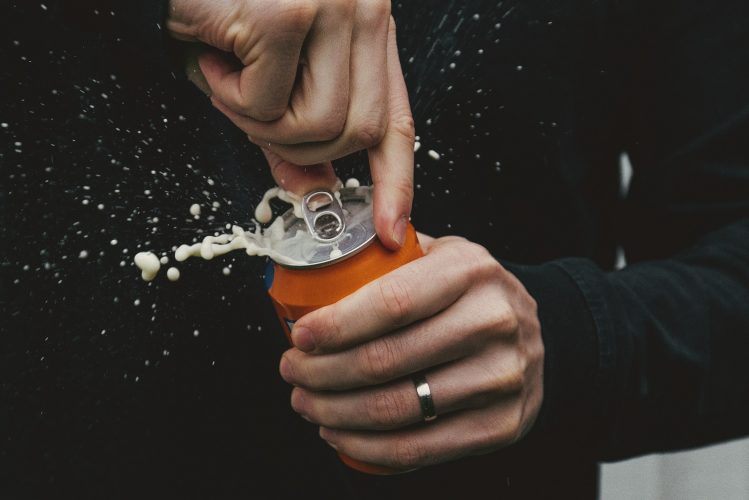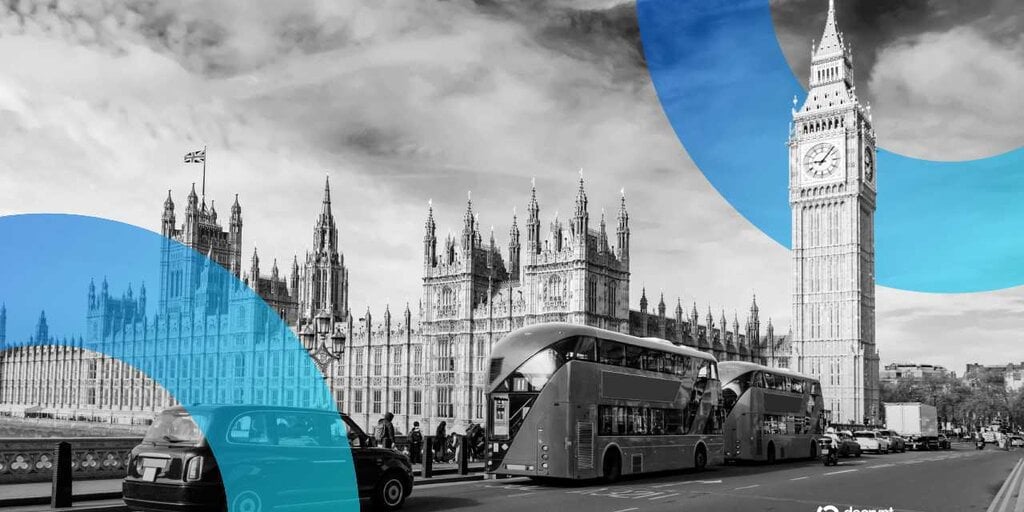TriplePundit • Decarbonizing Carbonated Beverages With Direct Air Capture

Trees, soil, water and other elements of the natural world capture carbon dioxide as a matter of routine, but the notion of man-made carbon capture faced considerable skepticism when it emerged in the early 2000s. A quarter century later, the Intergovernmental Panel on Climate Change now says removing excess carbon from the atmosphere is now essential for limiting global warming.
Direct air capture is among the man-made removal solutions gaining interest. These systems do not capture carbon emissions from individual sources like factories or power plants, but instead filter carbon dioxide from the open air.
Some companies such as the U.S. startup Heirloom pump captured carbon underground, where it reacts with minerals to form solid rock that sequesters CO2 for millennia. Other companies sell and re-circulate the carbon they capture for other uses.
The Swiss firm Climeworks, for example, is credited with opening the world’s first commercial direct air capture system back in 2017. Located in Hinwil, Switzerland, the facility first sold captured carbon dioxide gas to a nearby greenhouse, and a few years later, it started supplying carbon dioxide to Coca-Cola. While few people think of the “carbon” part of carbonation, carbon dioxide gas is essential for giving soft drinks, beer and seltzers their famed fizz — and a growing number of beverage companies are looking toward captured carbon as an option.
The direct air capture advantage
The use of direct air capture to re-circulate carbon in the economy builds on the broader trend of carbon recycling, in which captured carbon from industrial facilities is recycled to produce high value products including fabrics, plastics and fuels.
For the beverage industry, direct air capture can open up access to a highly purified, more sustainable source of CO2 than the conventional industrial sources. These systems are potentially more economical as well — for example, by being sited at or in the vicinity of beverage plants, they cut the carbon emissions and expense of transporting tanks of carbon dioxide gas over long distances.
Consistently high quality is another advantage. The U.S. craft beer organization Brewers Association notes that beverage-grade carbon dioxide is typically sourced from nearby industrial sources such as ethanol refineries and power plants. “Over time, a supply shortage in one industry may result in new feed gas sources for carbon dioxide; contaminants and quality can vary based on those sources,” the Brewers Association advises.
The standard for beverage-grade CO2 in the U.S. is 99.9 percent pure. The remaining .10 percent can consist of water, oxygen and a number of chemical impurities. Although the amounts are miniscule, some chemicals such as benzene are considered sensory active molecules that can influence the taste of the beverage.
Bringing captured carbon to the beverage industry
In one sign that direct air capture may soon become more common in the beverage industry, last year the bottler Coca-Cola Europacific Partners partnered with the U.K. startup Airhive to pilot the use of direct air capture at one of its sites.
Turnkey direct air capture systems that companies can install and run themselves are also coming onto the scene. The Dutch firm SkyTree, for example, recently achieved third-party validation for its “plug-and-play” direct air capture technology and plans to begin volume production of the systems next year.
Skytree’s system produces 98 percent pure CO2 gas, which is then liquified to achieve 99.98 percent purity. “For customers in the food and beverage industry, receiving CO2 in a liquefied form is a necessity,” Skytree noted in a press announcement last week. “It enables easy storage and transport, decoupling the capture site from the location where the CO2 is used or permanently stored.”
The company’s simplified, on-site liquification method makes the direct air capture process more energy efficient while also avoiding fugitive CO2 emissions, the trade publication GasWorld reported.
Other direct air capture systems typically lose 15 percent or more of the CO2 they capture, SkyTree CTO Wojciech Glazek told the outlet. “Skytree said its Alpha technology not only avoids such process inefficiencies but also remains stable year-round, eliminating the seasonal swings of around 20 percent that can erode the return-on-investment profile of traditional DAC assets,” Anthony Wright of GasWorld reported.
In addition to a smaller unit designed for the beverage industry, Skytree also plans to manufacture a larger unit suitable for industrial-scale greenhouses and e-fuels production as well as carbon sequestration.
Image credits: Joshua Earle/Unsplash; Skytree



Post Comment